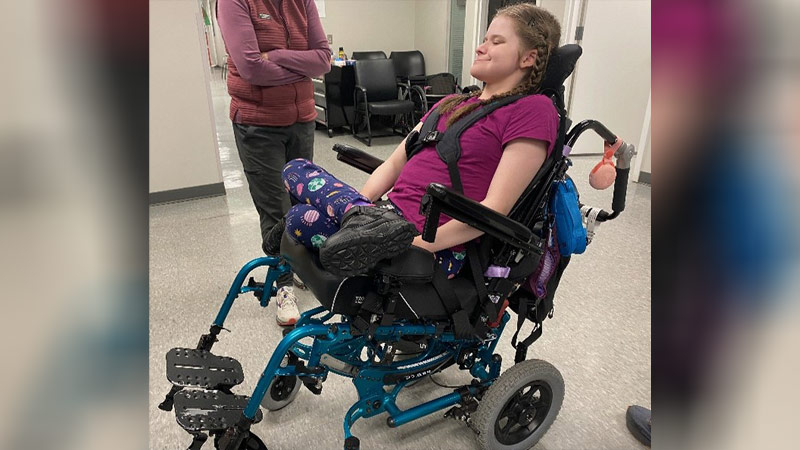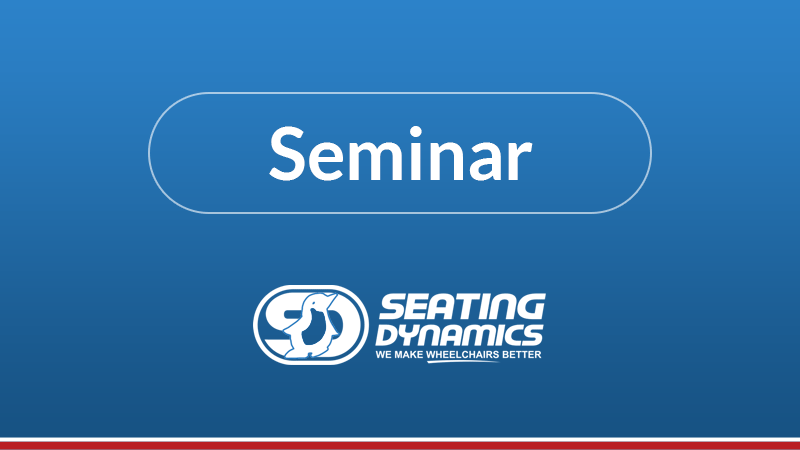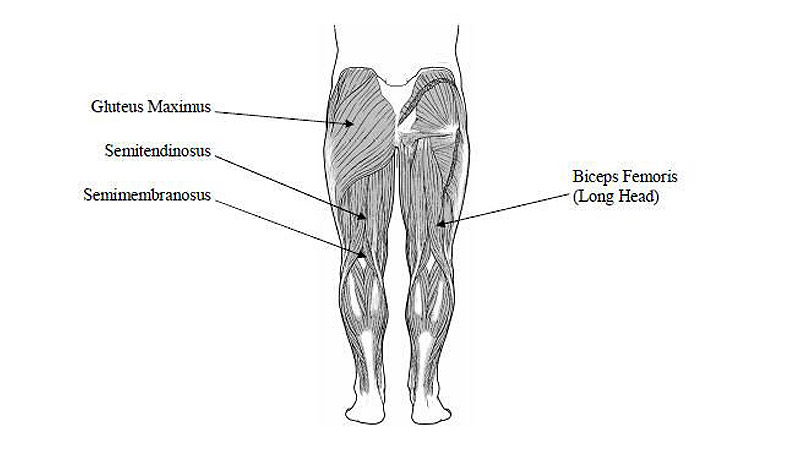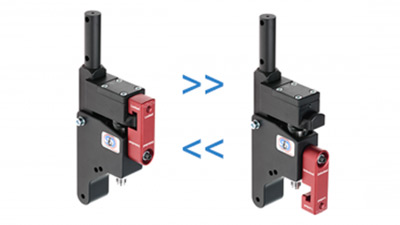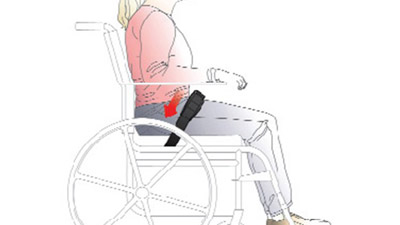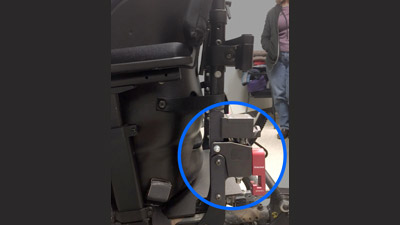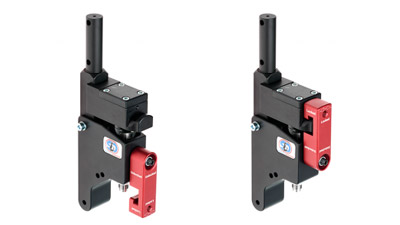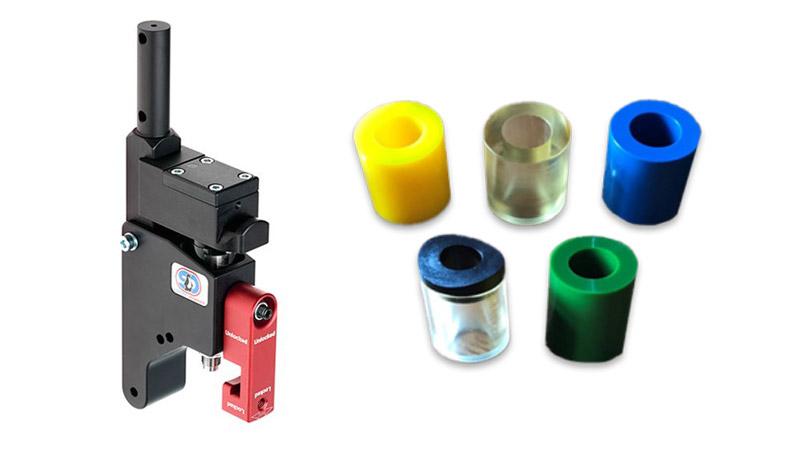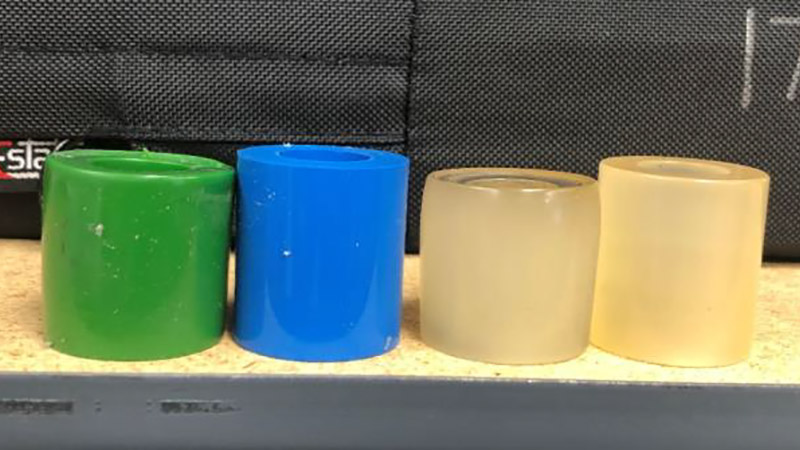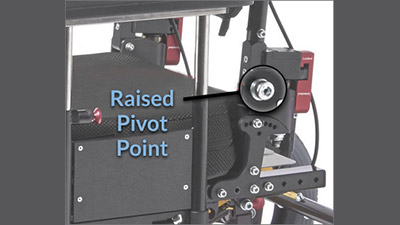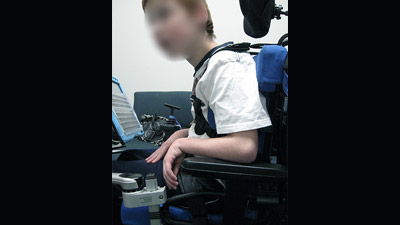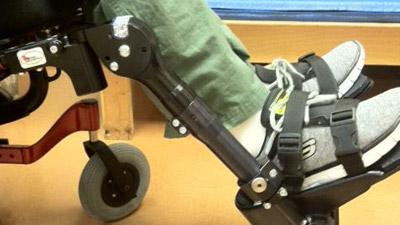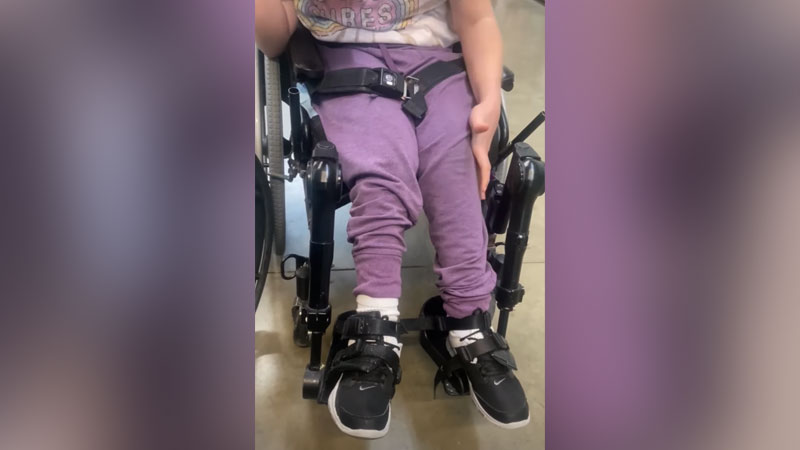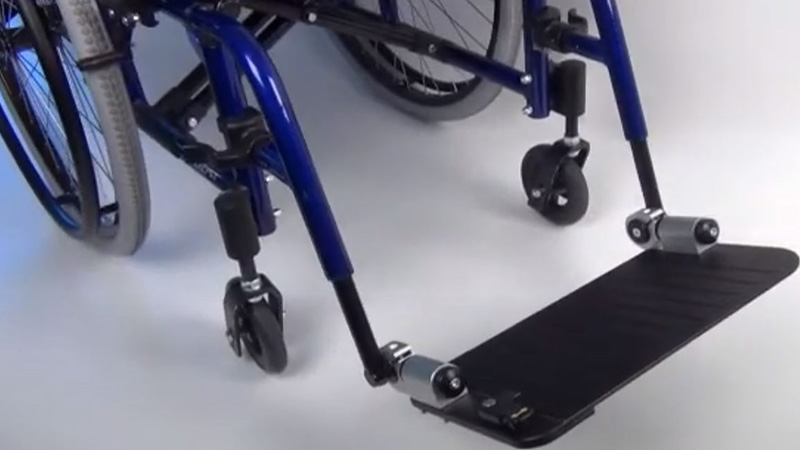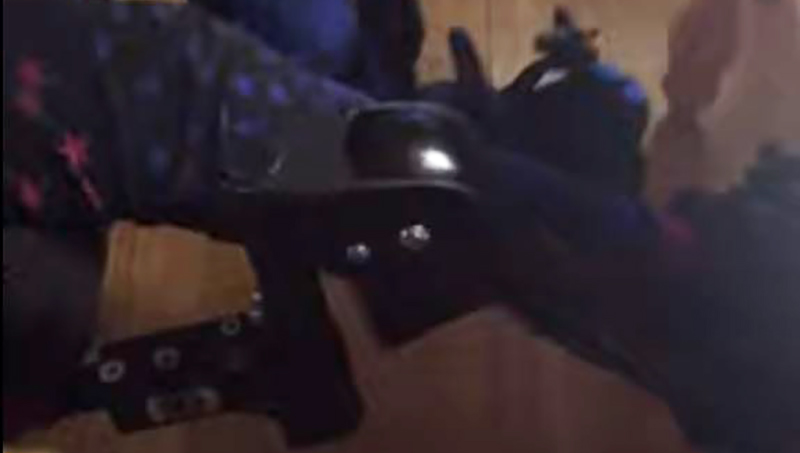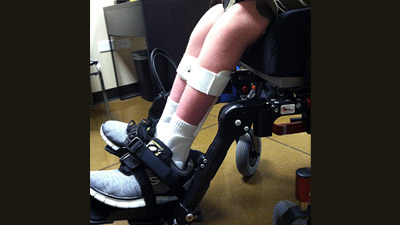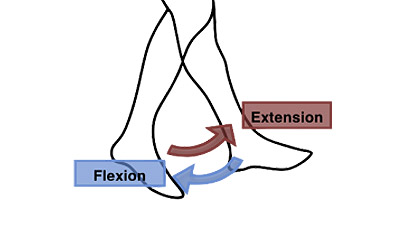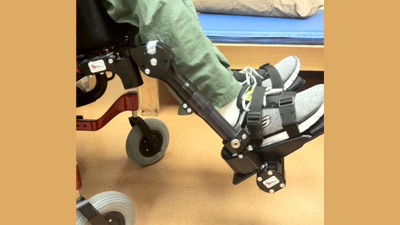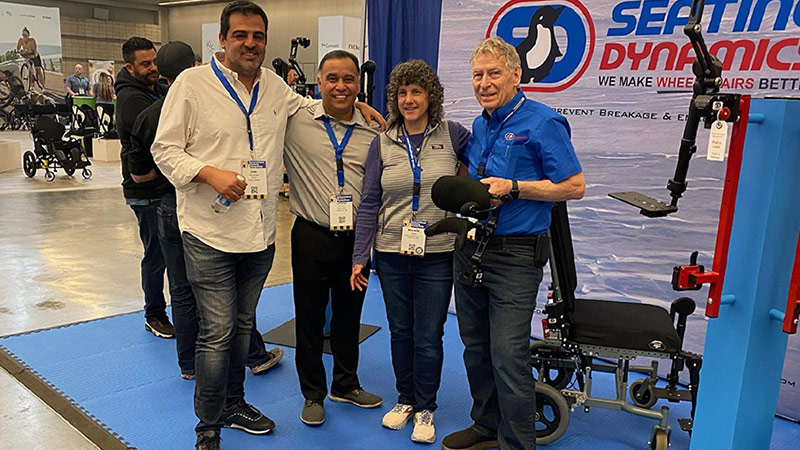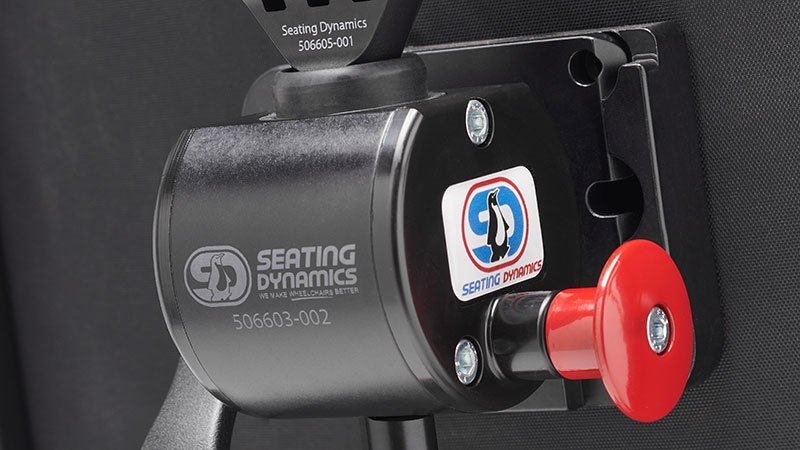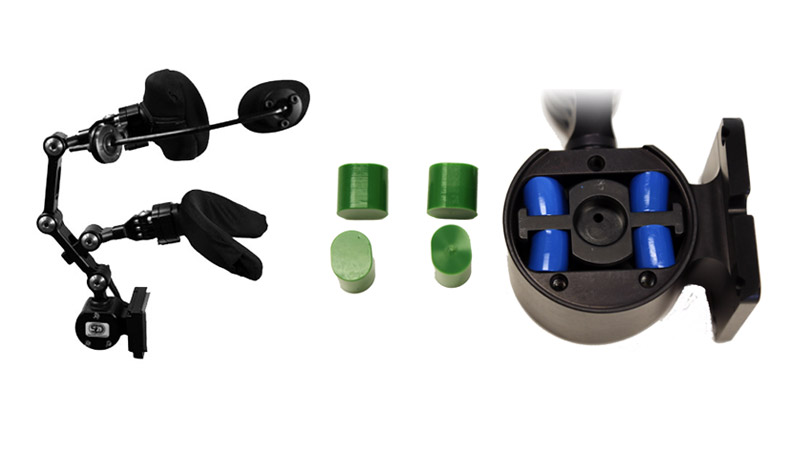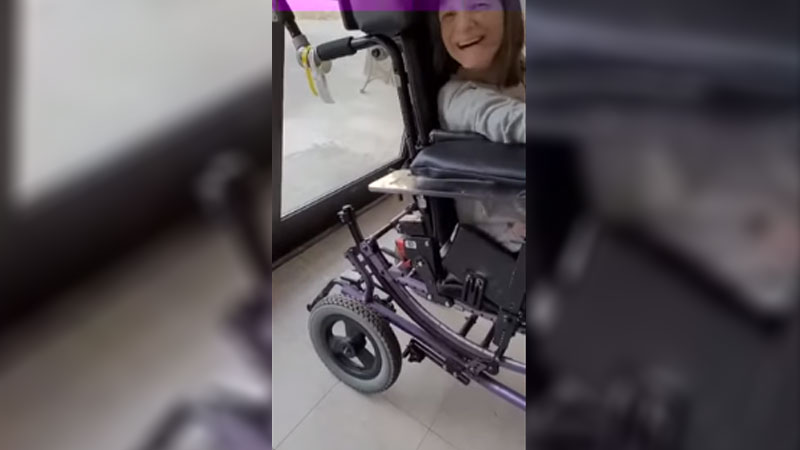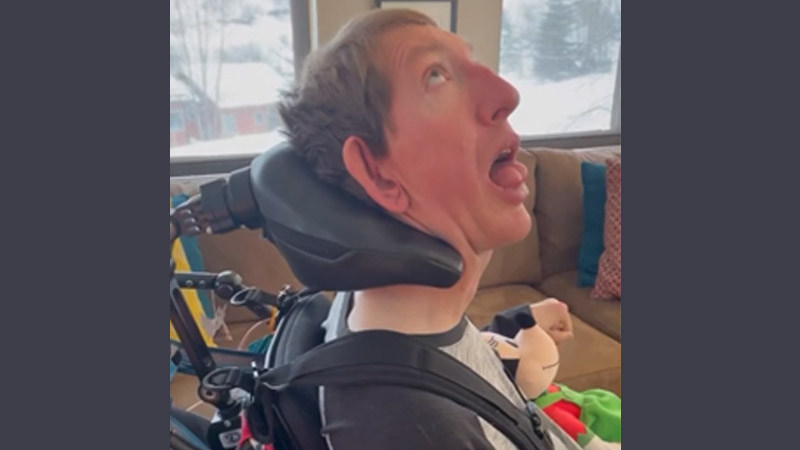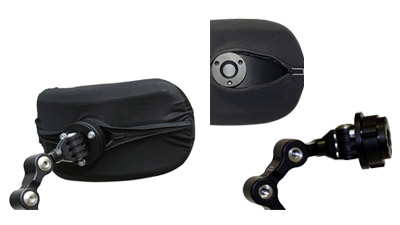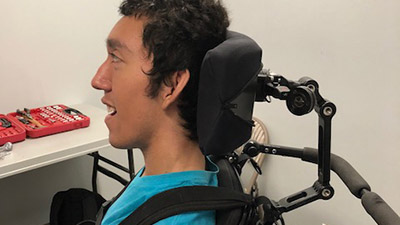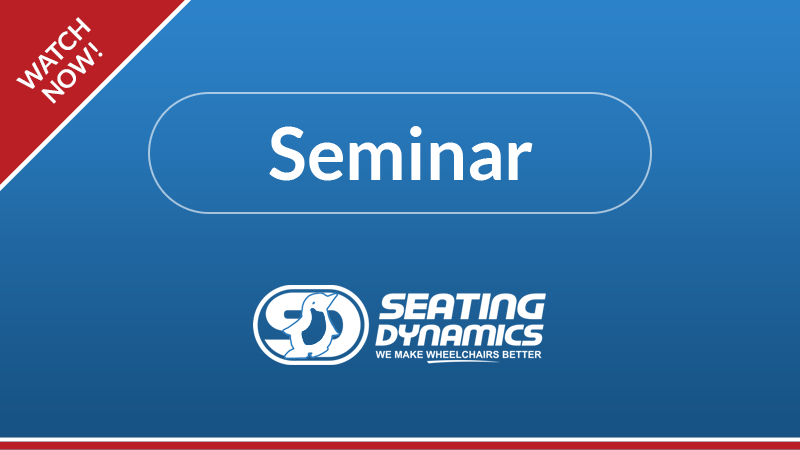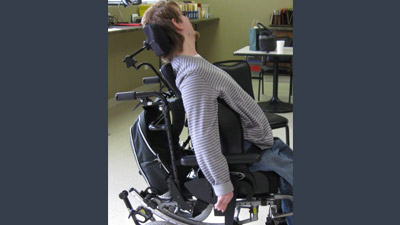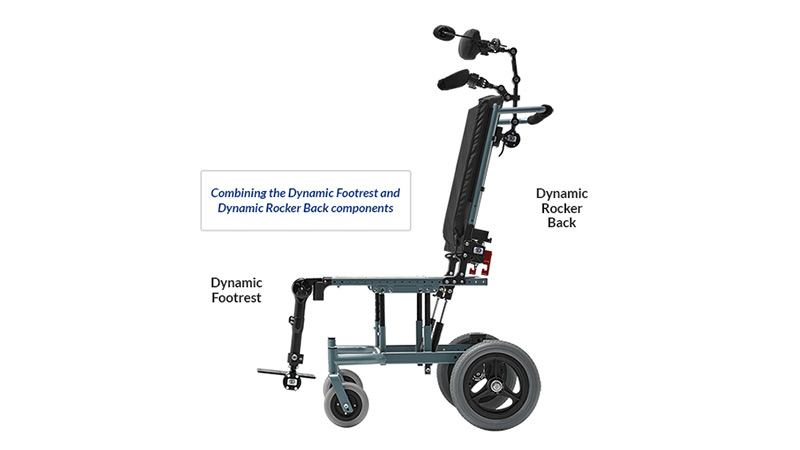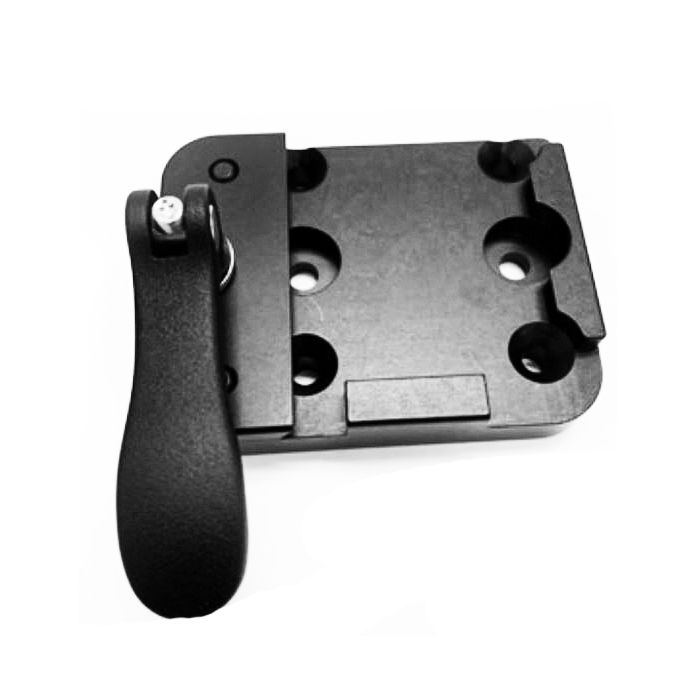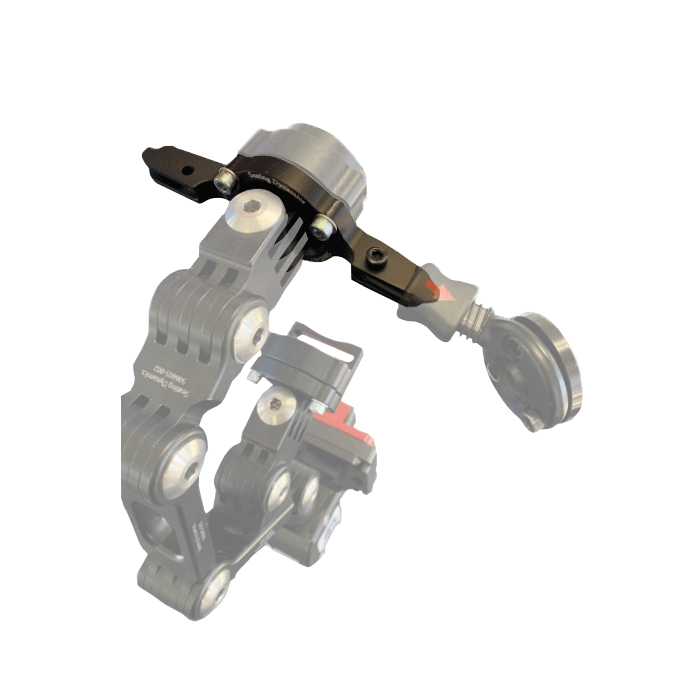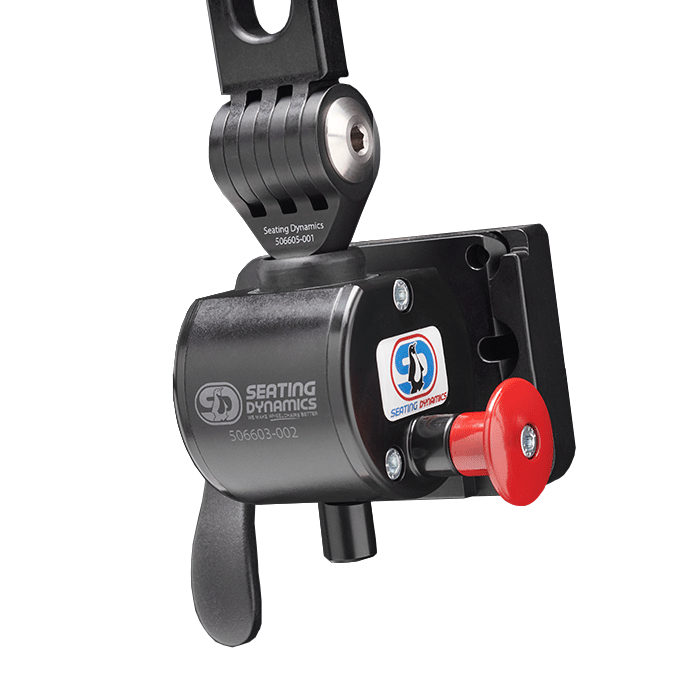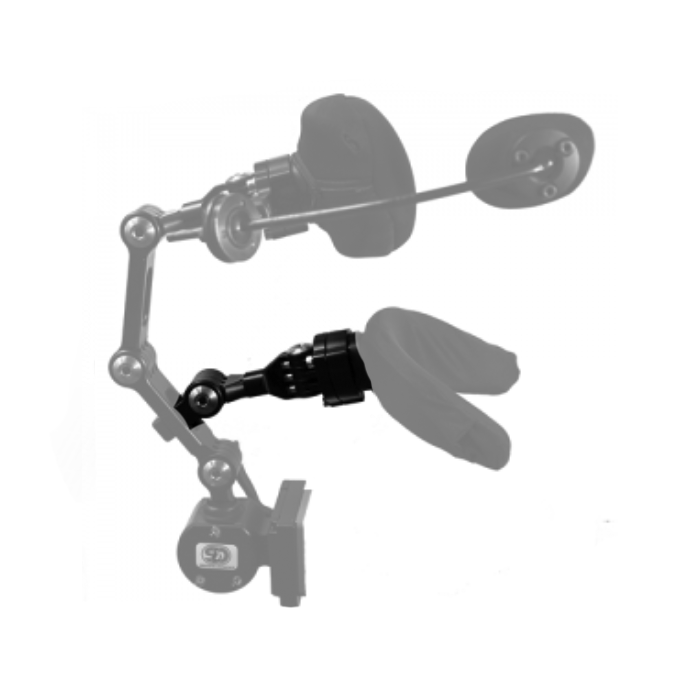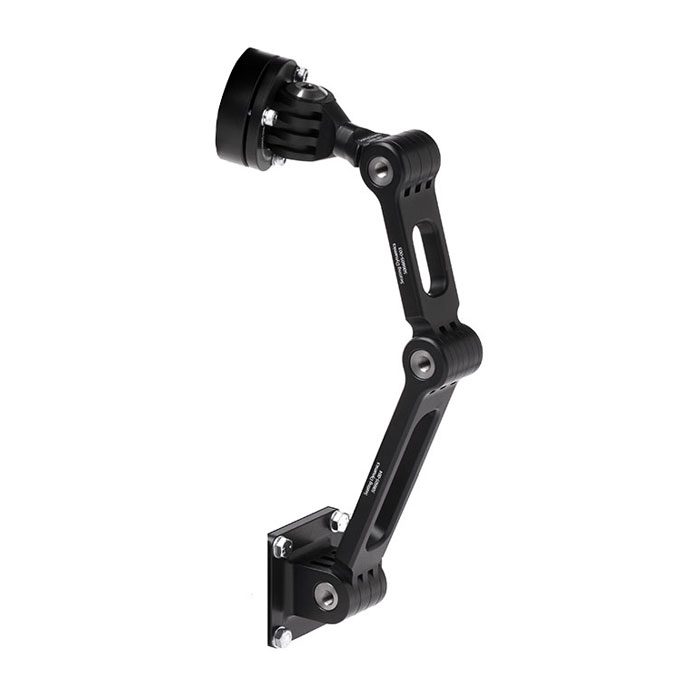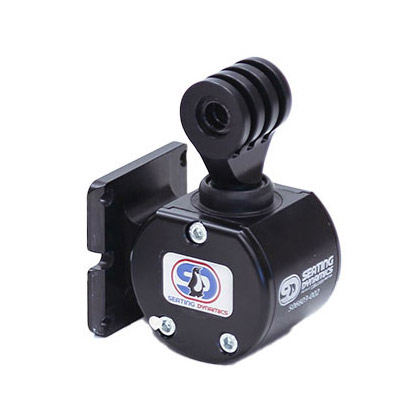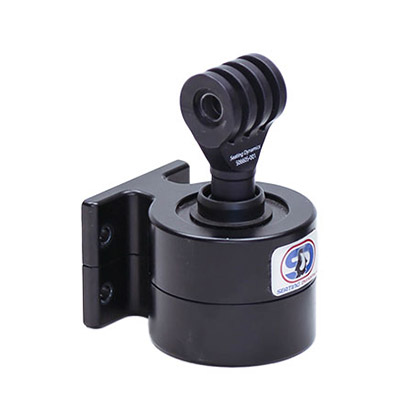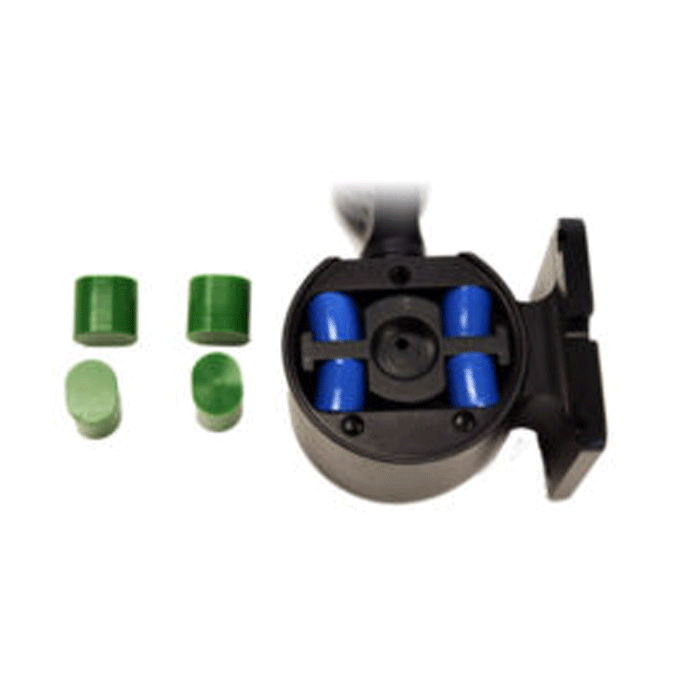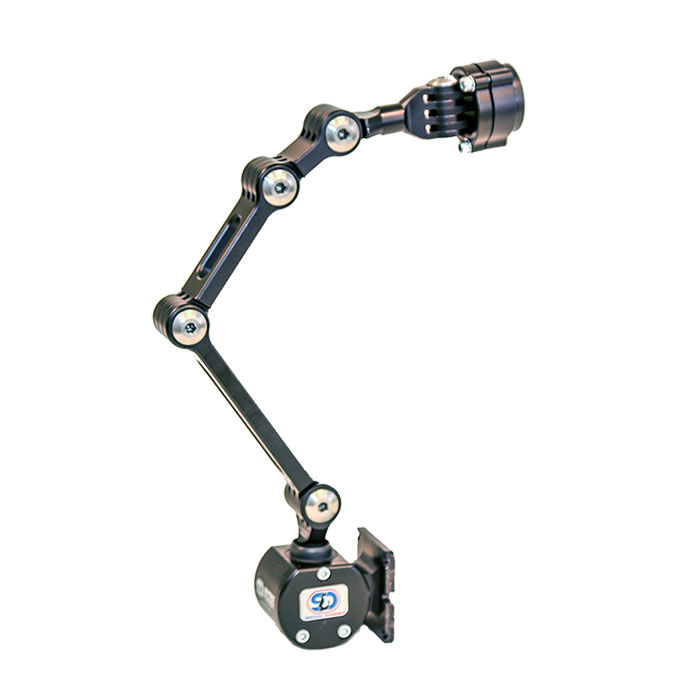Dynamic Seating at the Pelvis
Alex – keep those wheels on the floor!
In this blog, we shall explore solutions for clients whose strong movements are actually lifting the casters right off the floor.
Canadian Seating and Mobility Conference: Providing Movement for Clinical Benefit
This course will define dynamic seating, as well as the clinical benefits of this intervention. A variety of product options and features will be reviewed to better match these features to a specific client’s needs.
Alpine Rehab Conference: Muscle Tone, Tone, Management and Dynamic Seating Intervention
This course will explore muscle tone, implications in wheelchair seating, and interventions. We will start with muscle tone definitions, etiology, pathophysiology, movement disorders, and related diagnoses.
Review of Hip Musculature and Impact of Dynamic Back Design
A whopping 21 muscles cross the hip – and I’m absolutely certain I can’t name them all. These muscles provide movement in 3 planes and provide stability between the femur and acetabulum (the hip joint).
Wheelchair Seating Surfaces, Cushions & Dynamic Seating
Can a Dynamic Back be used with any type of seat? Does the movement allowed by this component limit what seating surface can be used? This is an important consideration. A seat or cushion is typically designed to support the pelvis and provide pressure distribution when the client is in a static position. Dynamic seating gets things moving!
Bread and Butter: Dynamic Backs and Pelvic Positioning Belts
Just like Bread and Butter, Dynamic Backs and Pelvic Positioning Belts go together. Dynamic Backs are designed to allow movement at the pelvis and torso in response to client force and then return the client to a neutral starting position. A key component is the pelvic positioning belt, which is designed to maintain the pelvis in as neutral a position as possible in relation to the seating system. When that seating system moves, the pelvic belt is even more critical in maintaining pelvic position.
Allowing Movement Of The Pelvis Without Loss Of Position
Dynamic movement can be provided at various areas of the body where movement is possible from a seated posture. The
dynamic component allows movement beyond the usual seated posture, such as into increased trunk extension, and then assists with the client returning to upright. Ideally, the return to upright does not lead to a loss of position, such as a posterior pelvic tilt.
The Dynamic Rocker Back Interface: when should I lock it out?
The Dynamic Rocker Back Interface (DRBi) is a Dynamic Back that moves in response to client force. The elastomers in this Dynamic Back then return the client to an upright position. Some Dynamic Seating components “lock-out” or “latch” to temporarily render the component static. When should the DRBi be locked out?
Dynamic Seating at the Trunk
Dynamic Rocker Back interface – Factors which contribute to elastomer wear Part 1
How do the Elastomers in the Dynamic Rocker Back interface work? Let’s start with Seating Dynamics DRBi elastomer basics.
Dynamic Rocker Back Interface – Indicators that the elastomers need to be changed Part 2
The elastomers in a Dynamic Rocker Back interface (DRBi) are designed to absorb client forces, store force as energy, and use that energy to return the client to upright sitting.
Canadian Seating and Mobility Conference: Providing Movement for Clinical Benefit
This course will define dynamic seating, as well as the clinical benefits of this intervention. A variety of product options and features will be reviewed to better match these features to a specific client’s needs.
Alpine Rehab Conference: Muscle Tone, Tone, Management and Dynamic Seating Intervention
This course will explore muscle tone, implications in wheelchair seating, and interventions. We will start with muscle tone definitions, etiology, pathophysiology, movement disorders, and related diagnoses.
3 Reasons to Provide Dynamic Posterior Movement of the Trunk and Pelvis
Our last blog discussed providing dynamic movement at the pelvis. If the pelvis moves posteriorly, the trunk will move posteriorly as well. So if posterior movement of the trunk is desired, dynamic seating components which allow posterior movement of the pelvis are provided, namely a dynamic back rest, which opens the seat to back angle in response to client movement and force.
Dynamic Seating Provides Anterior Movement Of The Trunk – Part 2
Our last blog addressed dynamic seating used to provide posterior movement of the trunk. Anterior movement of the trunk can also be facilitated.
Dynamic Seating at the Legs
Preserving Joint Integrity through Dynamic Seating
Daniel is a teenage boy with the diagnoses of cerebral palsy and seizures. He has significantly high muscle tone and has had varied success with tone management over the years. If his feet are not strapped to the footplates, he extends at his knees and his feet are then hanging far in front of the footplates. This increases the turning radius of the wheelchair, places his lower legs at risk of injury, and leads to a loss of position of his pelvis. As a result, his feet have been strapped into shoeholders for most of his life. This positioning has kept his feet on the footplates, but has created other issues.
Kristen Extends and Maintains Position
Kristen is a young woman with the diagnosis of cerebral palsy. Kristen extends her body with force, particularly at her legs. She has a long history of breaking her wheelchair footrests secondary to this extension.
FAQs about the Seating Dynamics One-Piece Footboard
Depending on available range of motion or contractures of the knee and ankle joints, a client’s foot position may not align with a standard foot plate position. A One-Piece Footboard provides a wider surface to accommodate unique foot placements.
3 Reasons to Provide Movement at the Knee
Wheelchair footrest hangers are generally static. If the client is able to extend at the knees, the feet move forward off the footplates. This is fine for clients who can easily move their foot back onto the footplate. If the client’s feet tend to leave the footplates and the client cannot return to this starting position, we often add in foot straps and/or shoeholders to maintain this position.
Dynamic Footrest Hangers – It’s All In The Design
Allowing movement at the knee is more complicated than it sounds. When a client extends at the knee, this movement is not just in one plane. In other words, the foot doesn’t simply slide forward. The foot follows an arc, forward and upward.
Peanut Butter and Jelly: Dynamic Footrests and Securing the Feet
In a recent blog, we discussed how, just like Bread and Butter, use of a Dynamic Back requires the use of a Pelvic Positioning Belt to maintain the position of the pelvis during movement of the Dynamic Back. Well, just like Peanut Butter and Jelly, use of Dynamic Footrests requires the feet to be secured in order for client forces to activate this dynamic component.
- « Previous
- 1
- 2
Dynamic Seating at the Head
International Seating Symposium 2023
Seating Dynamics was happy to exhibit at the 38th International Seating Symposium (ISS) this year in Pittsburgh! With approximately 2500 participants from 35 countries and over 100 exhibitors, the Convention Center was busy!
Lock Out Feature | Dynamic Head Support for Wheelchairs
The Dynamic Head Support for wheelchairs can now be locked-out to limit head movement when desired, such as during transportation. Learn more about this helpful feature.
Does the Dynamic Head Support Hardware Require Maintenance?
In prior blogs, we addressed Dynamic Rocker Back interface maintenance and Dynamic Footrest maintenance. Today, we turn our attention to the Seating Dynamics Dynamic Head Support Hardware.
Dyllie: Dynamic Seating Head, Back and Foot Components
Dyllie is a 25 year old man with the diagnosis of cerebral palsy who has been using Seating Dynamics Dynamic Footrests (telescoping, elevating, and plantar/dorsi flexion), Dynamic Rocker Back, and Dynamic Head Support Hardware for 8 months.
Ashley: Dynamic Seating, Dystonia & Equipment Breakage
Ashley exhibits large and forceful movements (dystonia) which have led to injury to her legs and damage to the wheelchair. Dynamic Seating, at the head, back and legs, allows her to move easily and safely.
Max’s New Dynamic Head Support Hardware
This video shows how the Dynamic Head Support absorbs and diffuses Max’s strong forces, reducing the level of active extension in his neck and facilitating a midline position.
FAQ: Where’s the Ball?
When ordering or receiving Dynamic Head Support Hardware, many people ask us “Where’s the Ball?” Most head supports (or headrests) use a ball between the head pad and the mounting hardware. Seating Dynamics does not. Why?
Dynamic Head Support Hardware and Head Position – Can One Help the Other?
Many clients who benefit from Dynamic Seating specifically benefit from movement at the neck. This may include clients who forcefully extend at the neck or who bang against the head support repeatedly, often in conjunction with a total body rocking movement.
Free CEU: Positioning the Head
Join OT Michelle Lange for Positioning the Head to explore strategies beyond the head support of a wheelchair, including specific positioning interventions and addressing visual issues.
3 Reasons to Allow the Neck to Extend
In previous blogs, we have discussed clinical indicators for providing dynamic movement at the hips and knees. Another location dynamic movement can be provided is at the neck through Dynamic head support mounting hardware. Most dynamic options allow movement into neck extension and then facilitate return to an upright and aligned posture. So when is a dynamic head support clinically indicated?
Combining Dynamic Seating Components
Using Multiple Dynamic Seating Components on a Wheelchair
Dynamic components can be used individually, however combining these components can often maximize the impact Dynamic Seating can make and better meet the client’s needs.

